Eating Disorders in Dance
Eating disorders in ballet is often a sensitive subject that is for the most part silenced as the dance industry desperately tries to preserve a naturally thin aesthetic. The harsh truth is that eating disorders are real and ugly and currently affect an estimated 70 million people worldwide, claiming the second highest mortality rate of any psychiatric illness. PBT seeks to address this major issue, passionately prioritising dancers’ health in an effort to foster a generation of strong, healthy and confident artists.
What is an Eating Disorder?

The most prevalent eating disorders amongst dancers include anorexia and binge eating. The former refers to a fear of gaining weight accompanied by body dysmorphia and a significant decrease in food intake. The latter is typically characterised by a loss of control or distress when eating, sometimes followed by purging (bulimia). Notably, the two illnesses often feed into each other with binge eating episodes reaffirming beliefs about lacking self-control and therefore, encouraging subsequent restrictive behaviour.
Other disorders that are more easily disguised as self discipline include orthorexia which is characterised by an obsession with eating healthy food. Whilst on the surface, this issue may not seem so concerning, people with orthorexia present with intense distress and anxiety when confronted with non-safe foods. It is important to stress that eating disorders are genderless, affecting both men and women globally.
Dancers and Eating Disorders
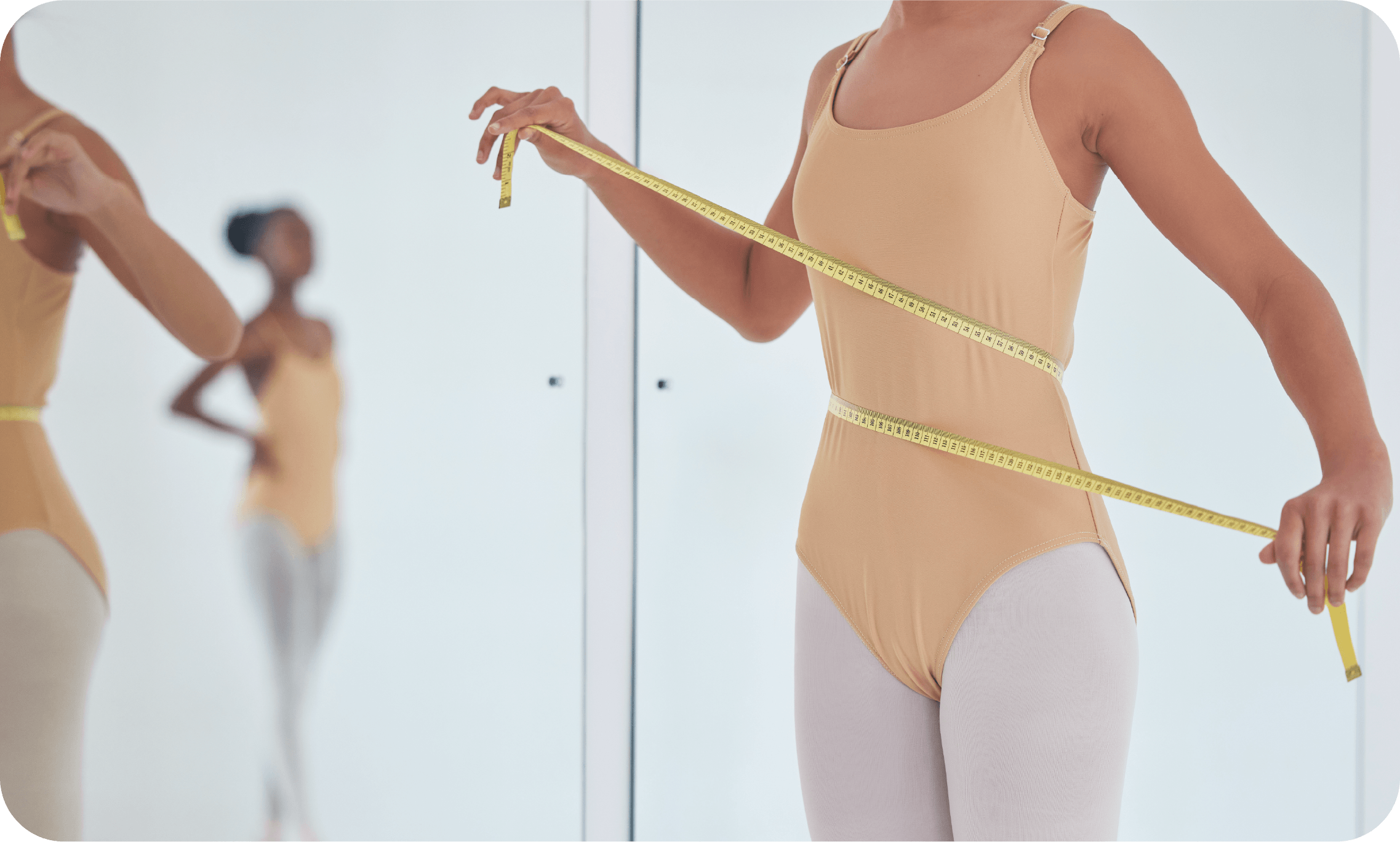
Although implicit in the name, eating disorders extend far beyond the dinner table. At its core, eating disorders are about control; they offer an opportunity to order and manipulate external factors in a world that may otherwise feel turbulent and unmanageable. In dancers they are often a mutated extension of the rigorous discipline characteristic of the profession. Unfortunately, this self-control is merely a guise. In actuality, the patient is consumed and themselves controlled by the shame of eating and the protrusion of their bones.
Though there has been a noticeable shift towards strength training and a growing awareness of the importance of sufficiently fueling your body to meet its daily demands, there remains a concerning appetite for thinness amongst dancers. This is not helped by the fact that dancers are largely exposed when performing and train in front of mirrors to perfect their technique, scrutinising every detail. Taller female dancers may also be conscious of extra weight as a result of their height and therefore feel an increased pressure to minimise their caloric intake to allow men an ease during pas de deux that they may be afforded by a smaller partner.
Roles too can contribute to eating disorders, particularly considering that the majority of principal roles take the form of young girls and boys. An aspiring dancer therefore can only ever aspire to fill the shoes and costume of a young, and in many cases, prepubescent male/female. After all, Giselle is too vulnerable to bear a womanly figure and Juliet is too possessed by the fantasies of a wayward child to ever present as physically mature. In actuality, if we are to go solely by the stories themselves, there is limited space for a grown woman on stage unless she is comedically large or a royal in-law.
How Do Eating Disorders Affect Your Life?
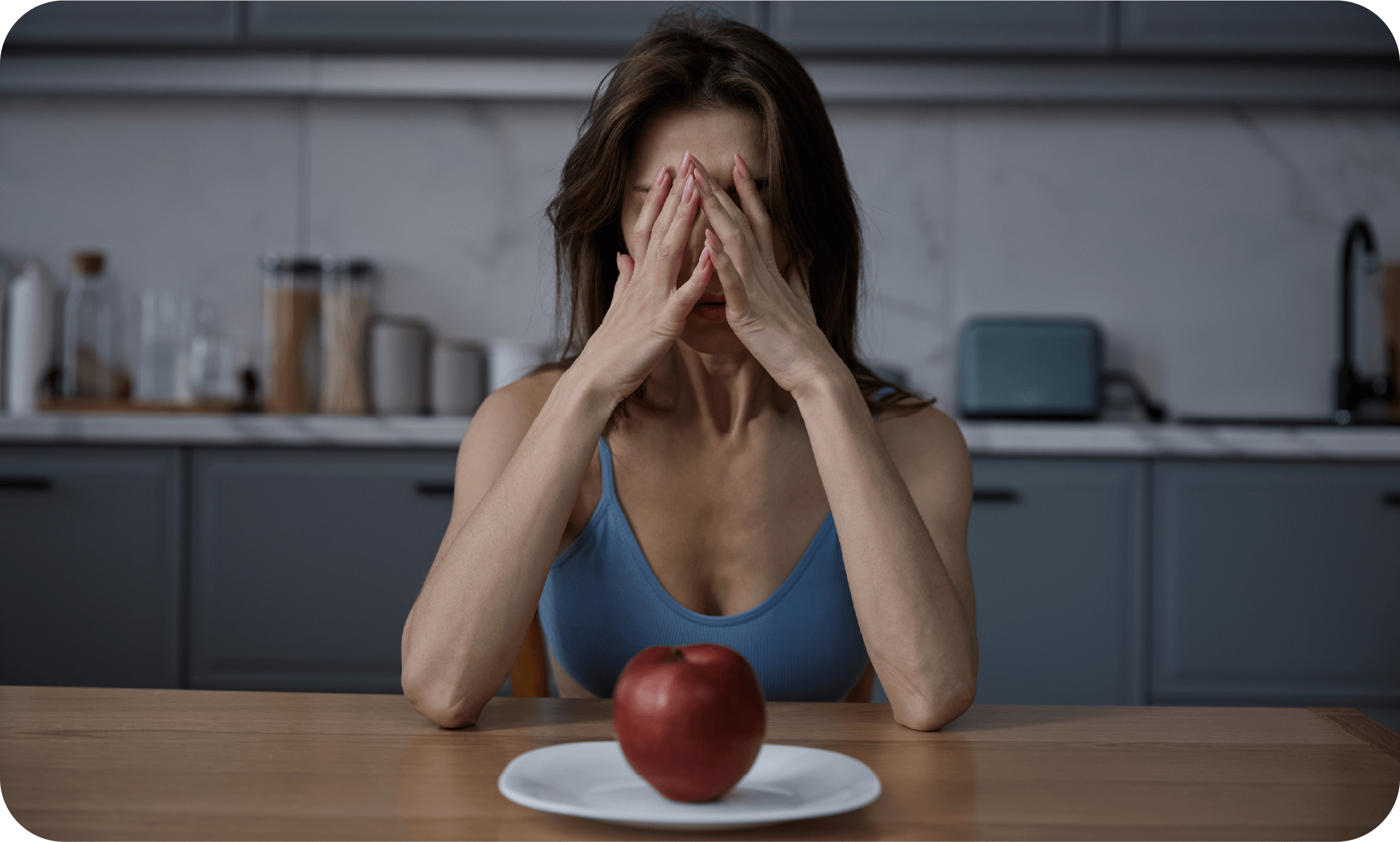
Showing traits of coercive control: eating disorders can prove isolating, forcing the sufferer to become dependent on them, punishing the sufferer for not adhering to an impossibly restrictive plan and gaslighting them into thinking that life is somehow better as a result of their presence. In fact, when recovering from an eating disorder, it can often prove helpful to try and separate the two figures: the sufferer, and the sufferer under the influence of their disorder.
Addressing the Problem
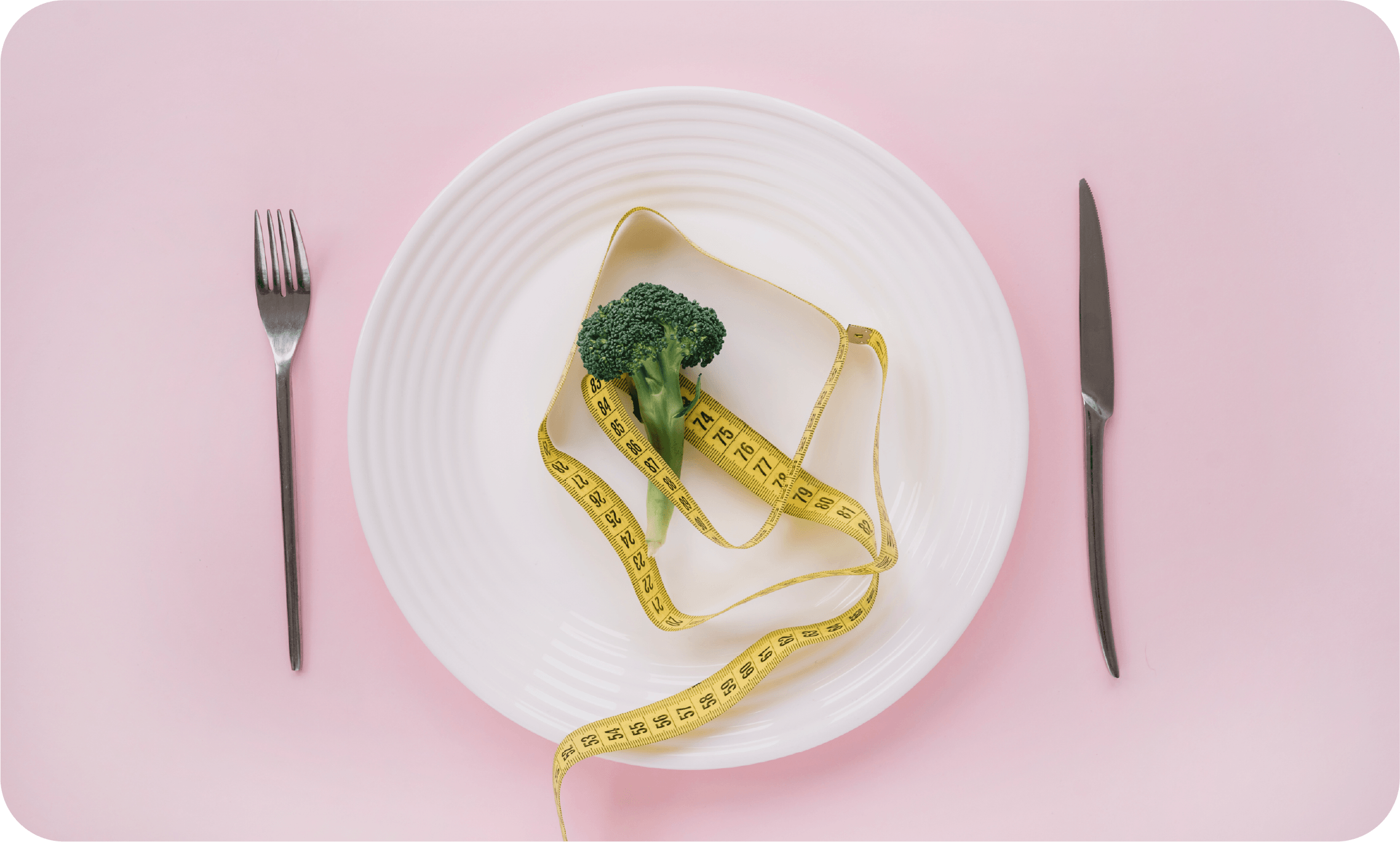
Changing the face of ballet as well as the faces on stage is crucial to breaking the vicious cycle of body dysmorphia, eating disorders and self-harm. It is time that ballet dancers were recognised for more than their silhouette and were given the freedom to care for their body as well as challenge it. There is no dispute that the profession requires physical efficiency but efficiency should not be conflated with deficiency. Dancers train like athletes and must fuel and train themselves accordingly. The mindset of no pain, no gain has some arguable merit but when that pain manifests as excruciating hunger pangs or repetitive injuries, that vernacular has grown obsolete.
Protecting Young Dancers
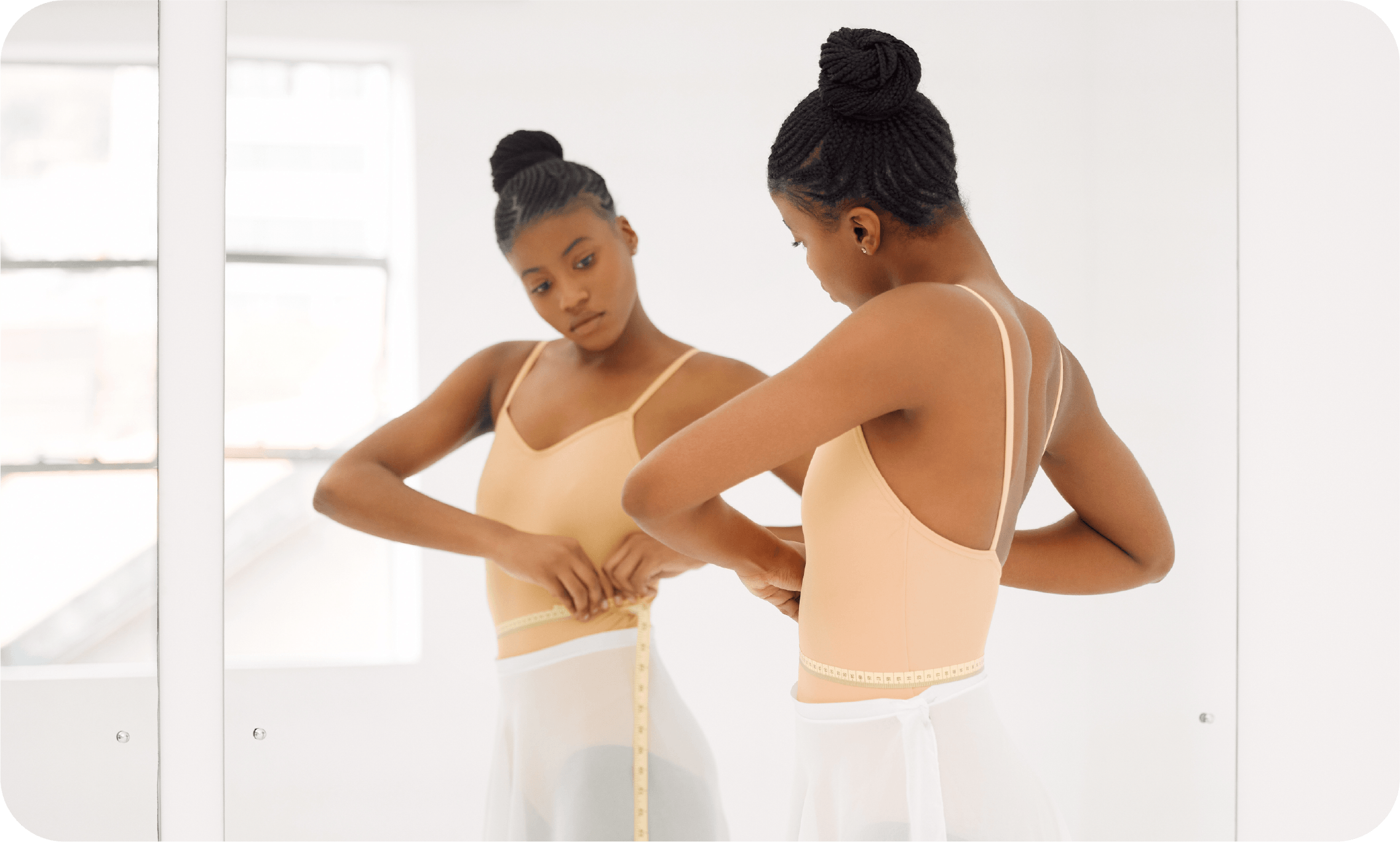
Importantly, change can be enacted from a young age. Just by altering the rhetoric used in the classroom, dance teachers can play a crucial role in encouraging body positivity. Phrases like I can see your lunch, while accessible visual cues, unwittingly contribute to the wider narrative of thin is better. Instead, we should aim to promote strength, encouraging dancers to activate their core rather than suck in their stomach.
Educating young dancers on the real consequences of disordered eating is also paramount to creating long-lasting change. Generic ideas about hunger or sleep disruption can be too easily dismissed by those susceptible to the disorder. On the contrary, very real stories of permanent damage in the form of hair loss, tooth decay, acid reflux, incontinence, and osteoporosis may perforate that rose-tinted bubble.
In addition to having clear physical consequences, eating disorders can also lead to severe behavioural changes. Sufferers will often lie, manipulate, and become violent or aggressive in their attempt to avoid eating. They may choose not to shower for weeks as nudity is too distressing or they may eat out of bins in an act of extreme hunger. This is the unspoken reality of eating disorders: they are far from glamorous.
Prioritising Dancers' Health
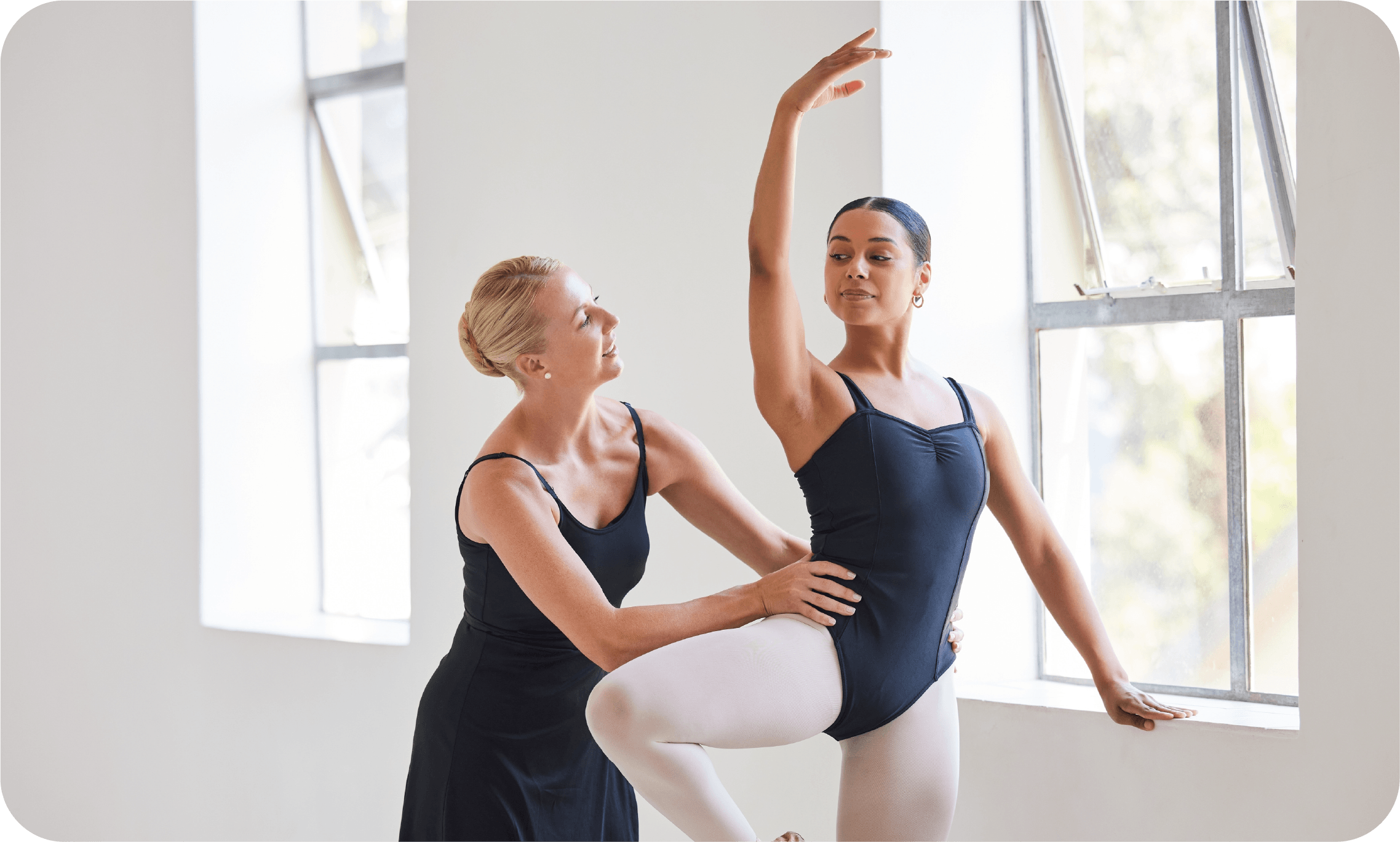
PBT understands the importance of physical and mental health in dancers and actively strives to nurture a community of positive, supportive and strong artists. Equipping dancers with the knowledge and awareness needed to progress in their art-form, PBT prioritises strength over aesthetics. A good dancer is a healthy dancer which is why all of our exercises are consciously designed to train muscular activation, promote proper alignment and enhance safe and effective technique.
Eating disorders are not to be overlooked nor dismissed as typical for dancers; they are harmful, painful and in many cases, career-ending.
How Can I Help?
If you believe you or someone you know may have an eating disorder, please reach out for help. There are multiple organisations worldwide that specialise in supporting sufferers and loved ones, providing crucial information on navigating recovery, understanding the disorder and preventing relapses. Please note that typically only 6% of sufferers present as medically underweight, so please do not wait until someone is physically showing signs of a disorder to seek advice. Early intervention is key; your actions could really be life-changing.
For more information, please visit:
https://www.beateatingdisorders.org.uk/
https://www.nationaleatingdisorders.org/
https://nedc.com.au/eating-disorders
Sign up to our newsletter
Receive tips, news, and advice.